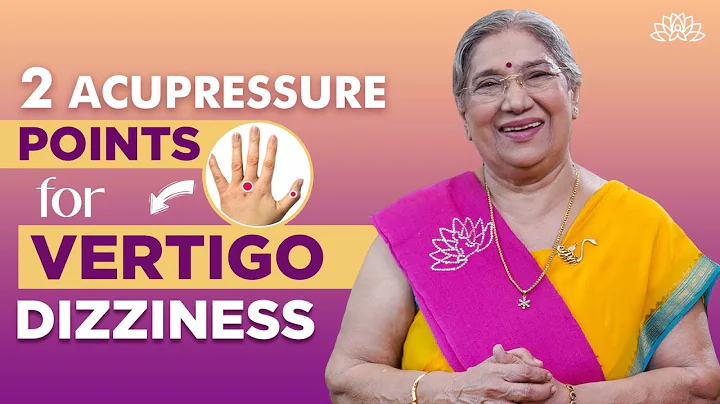"I no longer have to bask in the sun! It is indeed easier to walk than using a walking frame! I can clearly feel that my walking gait has improved in a standardized way!" This is the 62-year-old Mr. Liao recovering in our hospital Sentimental words from the Department of Medicine.
Mr. Liao suffered a stroke two years ago, resulting in quadriplegia. Faced with the sudden change, he did not give up on himself and actively followed the doctor's instructions for treatment. Recently, in order to seek better rehabilitation training, he was admitted to the Department of Rehabilitation Medicine of our hospital. Although the patient's mental state is better after rehabilitation treatment and training, language communication is smoother than before, and he can stand against the wall, but his ankles are plantar flexed and inverted, and his lower limbs are extended and the muscle tension is high , and he cannot stand and walk independently and needs to rely on A walking frame and two family members to assist walking also require a relatively spacious space. In order to walk smoothly and not interfere with other patients, I have been practicing walking in a relatively spacious area in the hospital. But the temperature has been high recently, and the outside is like a big oven, so I have to go back to the rehabilitation hall and be careful every time I walk for fear of running into other patients, which makes walking even more difficult...

Rehabilitation medicine expert Knowing the patient's condition, after consultation, a rehabilitation training plan of the "Adult Lower Limb Gait Training and Assessment System" was implemented for Mr. Liao (hereinafter referred to as the "Adult Lower Limb Rehabilitation Training Plan"), which allowed Mr. Liao to conduct walking training independently, not only solving the problem It has solved the problem of his walking space and reduced the hardship of his family members during the training. The most important thing is to standardize Mr. Liao's walking gait, improve his lower limb muscle strength, and enhance the freedom and flexibility of lower limb movement.
What is the adult lower limb rehabilitation training program?
Rehabilitation therapists in this department introduced that the adult lower limb rehabilitation training program is an automated and intelligent rehabilitation training system for lower limb functional exercise. On the basis of traditional rehabilitation treatment (nerve-promoting rehabilitation therapy, motor function rehabilitation training, balance training, walking, strengthening muscle strength, etc.), based on the principle of neuroplasticity, through the coordinated control of hips, knees, ankles, feet, and muscles, Simulate the gait cycle process (posture and behavioral characteristics) of normal people when walking, conduct gait training that conforms to human physiological characteristics, and provide patients with concrete, multiple body states (lying, upright, sitting, etc.) and multiple movement modes. Lower extremity rehabilitation.

▲ Gait cycle diagram
Features of the adult lower limb rehabilitation training program
The adult lower limb training program is to understand the patient's condition through intelligent and visual evaluation reports, providing a basis for formulating scientific treatment plans. Rehabilitation therapists can develop personalized training plans based on the data and the rehabilitation needs of different patients, combine key training with overall training, and combine weight-bearing, stepping, and balance to improve patients' abnormal gait and reshape the patient's center Nervous system promotes the recovery of limb movement functions and accelerates the patient's walking function recovery process.
The adult lower limb training program uses intelligent perception and virtual walking scene interaction to allow patients to control virtual characters to simulate walking scenes and perform real-time biofeedback, which adds fun to rehabilitation, improves patients' mental state, and increases their enthusiasm for cooperation. At the same time, the patient's gait movement data is monitored and stored in real time during training, and reports are generated for data analysis and comparison, which facilitates rehabilitation therapists to adjust the patient's rehabilitation process and ensure the rehabilitation training process and safety.
Adult lower limb rehabilitation training program is mainly suitable for spinal cord injury , lower limb dysfunction caused by stroke and other rehabilitation training, lower limb functional training during bed rest, gait and balance rehabilitation training during walking, and weight-bearing for continued rehabilitation training in the later period. wait.
Under the guidance of the lower limb rehabilitation training program and after a period of rehabilitation treatment, Mr. Liao’s hemiplegic limb dysfunction was significantly improved.

The Department of Rehabilitation Medicine reminds everyone that stroke patients like Mr. Liao develop disability on the affected side of their limbs. Rehabilitation training after treatment is crucial for the function of the central nervous system caused by stroke, traumatic brain injury , spinal cord injury and other central nervous system injuries. Patients with disabilities, as well as patients with lower limb dysfunction caused by orthopedic injuries, should undergo scientific rehabilitation training as early as possible to achieve the purpose of restoring walking function.





















